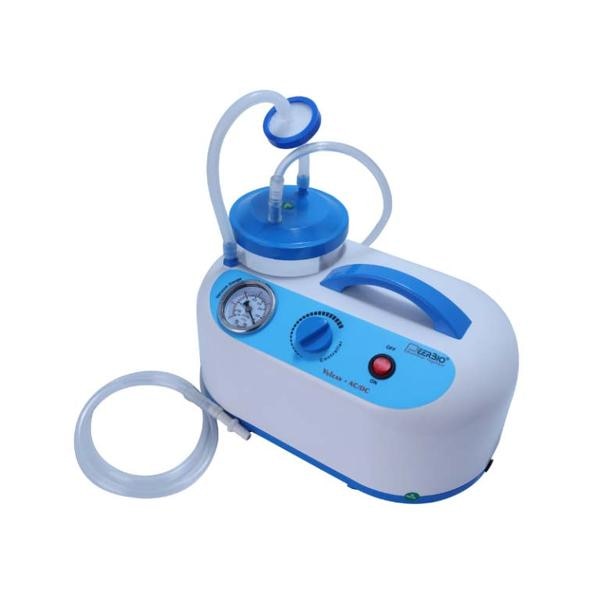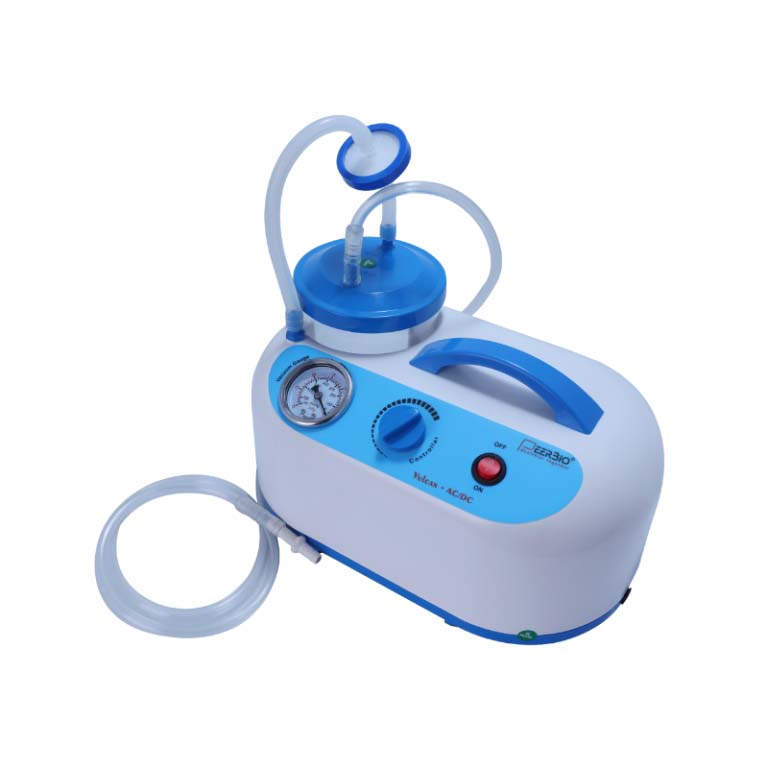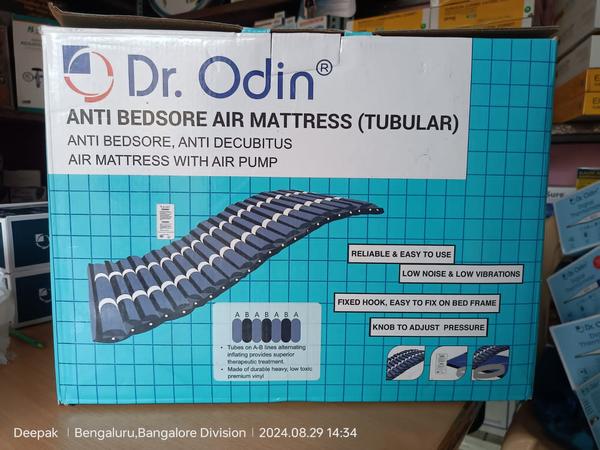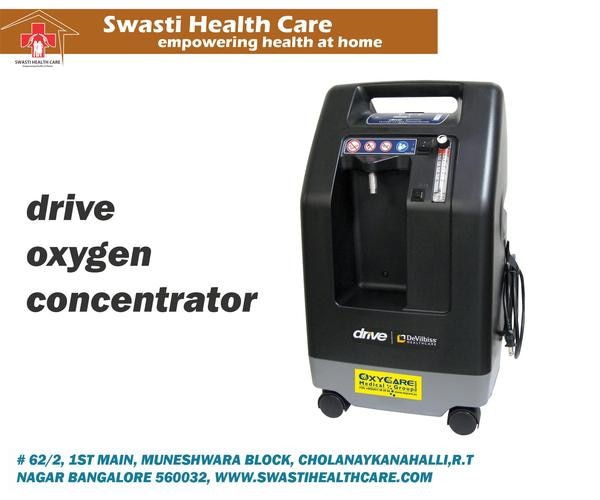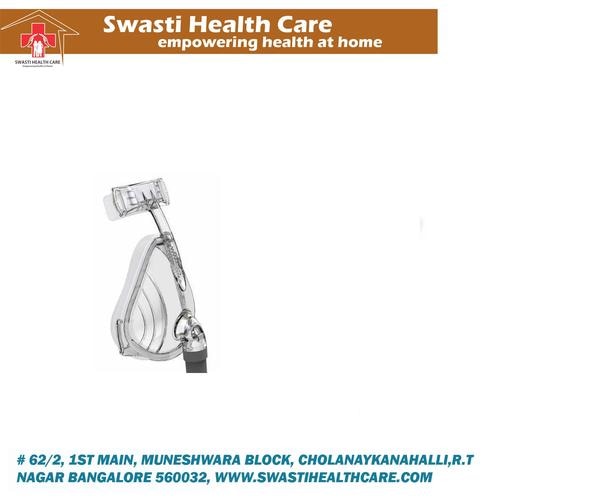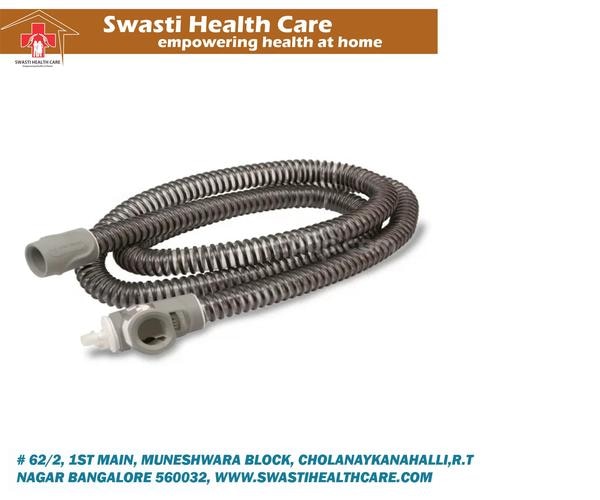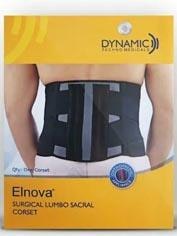Peer Bio Suction Machine Optima
INR 6000 INR 8999
Enquire
Description
What Is Suction Apparatus? A suction apparatus, also known as an aspirator, is a medical device used to eliminate fluids or gasses like mucus, vomit, blood, saliva, serum, or other secretions from the body cavities of a patient. These cavities may include the lungs, mouth, or even the skull. Suction apparatuses find utility in various situations, including when a patient is unconscious, experiencing vomiting, or having seizures. They are also employed during ongoing medical procedures. Whether it is a single-jar suction apparatus or a double-jar suction apparatus, these devices serve several essential functions in pre-hospital, in-hospital, and continuous patient care beyond just removing obstructions: Preventing pulmonary aspiration by clearing the airways. Preventing the backflow of liquids into the body. Facilitating breathing by maintaining clear air passages. Inhibiting the growth of microorganisms. Allowing medical professionals to work in the targeted area without interference. Suction apparatuses play a critical role in maintaining patient well-being and supporting various medical procedures by effectively and safely removing fluids or gasses from the body. WHAT ARE THE DIFFERENT TYPES OF SUCTION APPARATUS Medical suction machines have evolved, starting from manual devices in the 1860s to modern electrical machines. Today, different types of hospital suction machines are available, catering to various medical needs. Manual suction machines: These devices operate without electricity or batteries, making them portable and suitable for emergencies outside the hospital. They are compact, lightweight, and easy to use. Wall-mounted suction machines: Installed in hospital rooms or ambulances, these electrical machines provide reliable and consistent suction. They require a constant power supply and are commonly used during surgeries as part of standard medical procedures. Portable suction machines: Portable suction machines are designed for mobility, portable suction machines run on batteries and can be easily moved from one location to another. They are lightweight, user-friendly, and handy for patients receiving palliative care or those unable to clear secretions independently, such as individuals with COPD, cystic fibrosis, or ALS. In emergencies like accidents or respiratory emergencies, portable suction devices can be life-saving tools. These various types of suction apparatuses ensure that medical professionals have access to efficient suction capabilities in different settings, allowing for adequate airway clearance and removing fluids or secretions from patients’ body cavities. HOW TO USE SUCTION MACHINES? Suction machines use negative pressure to remove secretions from a person’s oral cavity. The device consists of several components that work together to create this negative pressure: Vacuum pump: This component generates the negative pressure required for suctioning. Connecting tubes: These tubes connect the vacuum pump to the collection canister. Sterile patient tube: This tube carries the secretions from the patient into the collection canister. Disposable canister: The canister holds the secretions and prevents contamination of other parts of the suction machine. Filters: Filters are used to prevent contamination of the internal components of the suction machine by viruses, bacteria, dust, and gasses. Batteries and power cord: These power the machine for operation. To use the suction machine, follow these steps: Wash and disinfect your hands. Turn on the device and connect the connecting tubes. Attach a clean and dry suction catheter to the connecting tubes. Position the patient flat on their back or seated with a rolled towel under their shoulders. Use sterile or distilled water to lubricate the catheter and check the machine’s functionality. Carefully insert the catheter into the tracheostomy tube, ensuring their lengths match. Place your thumb over the suction vent and remove it within 5-10 seconds. Allow the patient to rest and repeat suctioning if necessary. Once the procedure is complete, turn off the machine and discard the catheter. Key Features : It is specially designed to absorb thick liquid such as blood, phlegm etc., It can be used as aspirator in operation room, hospital or simply a health care product used at home. This design not only can reduce the noise level but also makes it more precise. Compact, lightweight, and portable, suitable for emergency OT & home care. Autoclavable Polycarbonate Jars.

